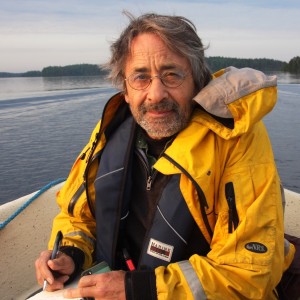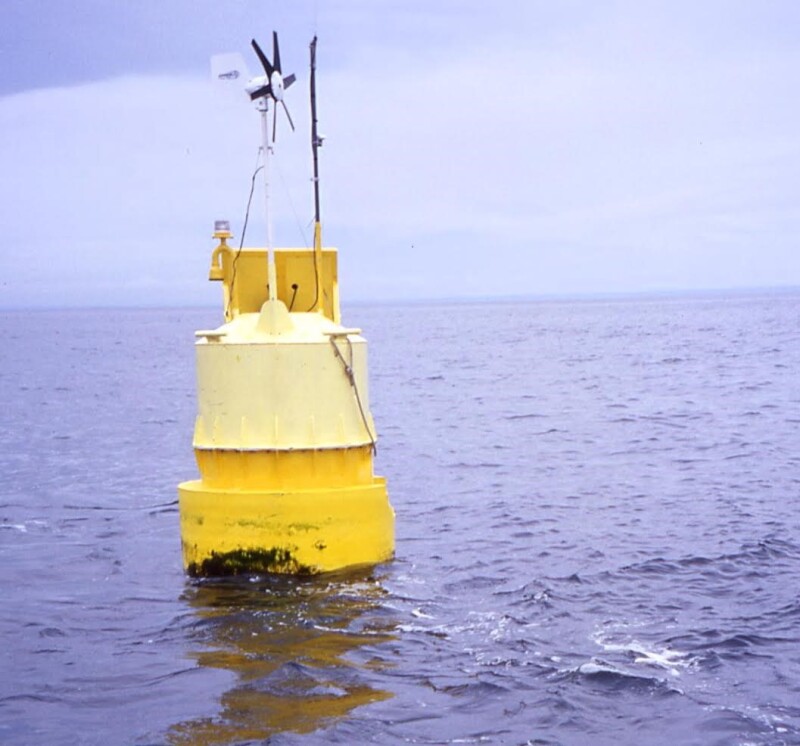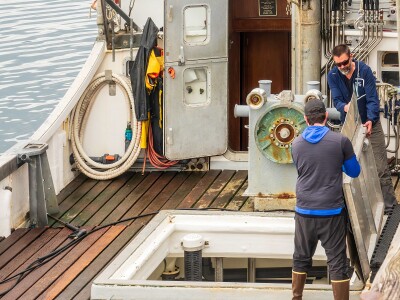The idea of offshore aquaculture has been floated since the passage of the National Aquaculture Act of 1980.
In the last two decades in particular, many universities and private companies have experimented with submerged cages for offshore finfish farming and deepwater shellfish grow-out systems. Almost all proponents of offshore aquaculture have lamented the complex permitting process and overlapping jurisdictions of various government agencies, such as the U.S. Army Corps of Engineers, the National Oceanic and Atmospheric Administration, the U.S. Department of Agriculture, and others.
But as President Trump seeks to open the door for U.S. aquaculture, Sen. Dan Sullivan, R-Alaska, and Sen. Cory Booker, D-N.J., introduced the Keep Finfish Free Act on April 30, with the intent to ban finfish farming in the U.S. exclusive economic zone (EEZ) — the waters between 3 and 200 miles off the U.S. coasts.
In May 2020, President Trump signed executive order (EO) 13921, Promoting American Seafood Competitiveness and Economic Growth, more than half of which is dedicated to developing aquaculture in the EEZ.
EO 13921 has remained in effect and seeks to remove impediments to aquaculture expansion in federal waters and streamline the permitting process. Section 6 of the EO calls for “removing barriers to aquaculture permitting,” demanding that permits be processed within two years of an application. Section 7 calls for creating “aquaculture opportunity areas” in which much of the permitting could be bypassed. Section 8 requires improvement of “regulatory transparency for aquaculture.” Section 9 requires the Secretaries of Agriculture, Interior, Commerce to “assess whether to revise the National Aquaculture Development Plan, consistent with 16 U.S.C. 2803(a)(2) and (d), in order to strengthen our nation's domestic aquaculture production and improve the efficiency and predictability of aquaculture permitting, including permitting for aquaculture projects located outside of the waters of any state or territory and within the exclusive economic zone of the United States.”
But Sullivan and Booker’s bill would “prohibit federal agencies from issuing any permit or taking any other action to authorize or facilitate commercial finfish aquaculture operations in federal waters ... unless Congress passes future legislation explicitly authorizing such permits.”
"Alaskans are deeply invested in protecting the health of our marine ecosystem and maintaining the sustainability of our world-class fisheries,” Sen. Sullivan said in a press release. “That is why I’m introducing legislation with Sen. Booker to ban risky fish farming operations in federal waters that could jeopardize the health of our fish species and undermine Alaska’s coastal fishing communities. I hope my colleagues will join us in passing this important legislation to keep American finfish healthy and free!”
Sen. Booker, who has not opposed wind farms but has co-sponsored legislation to ban offshore oil drilling, joined Sen. Sullivan in co-sponsoring the Keep Finfish Free Act. “Industrial finfish aquaculture operations are like underwater factory farms, polluting our oceans and spreading potentially deadly diseases and parasites to wild fish,” he said.
While the federal government has the authority to grant leases in the EEZ off the coast of any state, including Alaska, where finfish farming is currently banned, it has generally respected the laws of the adjacent states. Sullivan and Booker’s bill would put control of the leasing process in the hands of Congress.







